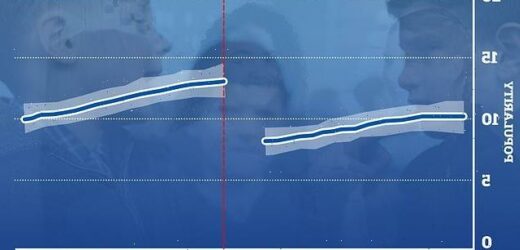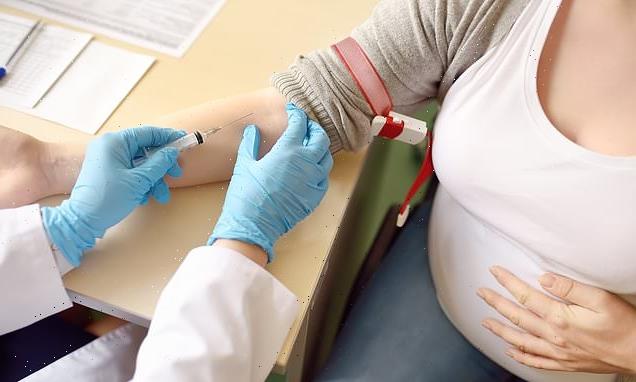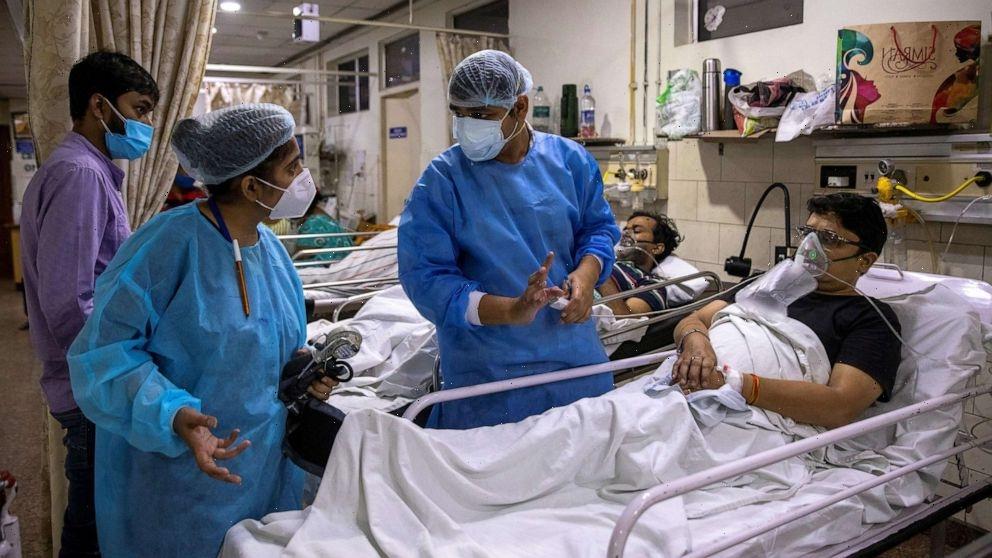How your BIRTHDAY affects your popularity: Children born at the beginning of the academic year are more liked than their younger classmates, study finds
- Experts surveyed 13,000 teenagers in England, Sweden and the Netherlands
- They asked the teens to list the five most popular pupils in their class at school
- The team then compared popularity to the age of those students in the class
- First to age based on school year cut-off and relative to the average of the class
- They found that the oldest in any class were more likely to be more popular
Children who were born at the start of the school year are more popular than their younger classmates born at the end of the year, a new study finds.
A survey of 13,000 teenagers in Europe by researchers from the University of Groningen and Utrecht University asked them to list popular students in their class.
The team then analysed popularity against age, based on either when they started school or relative to the average age of their peers, to find any link.
They found that students who were older were more likely to be popular than younger students in the same class, which is similar to findings from earlier studies that found younger pupils were at a disadvantage in sport, maths and reading.
‘Teachers may benefit from becoming aware of the birth month of their students,’ according to the researchers behind this new study.
They say this is ‘because it not only impacts students’ educational outcomes, but also their popularity among peers in class.’
Researchers found a link between higher popularity levels and age, specifically those born closer to the start of a school year are more popular than those born near the end
A survey of 13,000 teenagers in Europe by researchers from the University of Groningen and Utrecht University asked them to list popular students in their class
RELATIVE AGE EFFECT AND ITS IMPACT ON PUPILS
Many school systems around the world have a minimum age and cut-off date for school entry and youth sport.
This means there is an age difference up to 12 months between pupils within one school class or team.
This can lead to cognitive, social and physical differences between children born just prior to the cut-off date and those born right after.
This phenomenon is called relative age and its consequences are known as the Relative Age Effect (RAE).
Previous research on RAE has found negative consequences for relatively younger pupils compared to their older peers in education and sports.
Relatively younger pupils were found to have lower test scores in math, science and in reading- and writing skills and higher chances of being evaluated and diagnosed with learning disabilities than their older peers.
Relatively younger pupils are also overrepresented in lower school tracks, less often enrolled in college, and more likely to repeat a grade.
A second strand of research focused on the presence of RAE in sports and showed substantial disadvantages for relatively younger sports players.
Finding they were overrepresented in sports teams at the lowest level in many sports compared to older peers.
Study authors surveyed students aged 14 and 15 in the Netherlands, Sweden and England between October 2011 and April 2011 to understand the effects of Relative Age on popularity.
Most Western countries make use of systems with a minimum age and cut-off dates for school entry and youth sport.
Consequently, there is an age difference up to 12 months between pupils within one school class or team.
This leads to accompanying cognitive, social and physical differences between children born just prior to the cut-off date and those born right after.
This phenomenon is called relative age and its consequences are known as the Relative Age Effect (RAE).
Previous research has revealed a link between the relative age of teenagers and a variety of factors such as performance in school, sport and even on self esteem.
However, few studies have examined links between relative age and popularity.
The new study found that relative age related to school cut-off – as in starting a new school year in September – depended on whether pupils were held back or not.
In the Netherlands, where pupils are kept back if they don’t make the right grades, the link wasn’t as strong as it was in England, where students progress to the next year regardless of their academic performance.
The team also examined the effects of relative age in comparison to their peers, rather than around an arbitrary cut-off.
This had stronger associations with popularity in the Netherlands, where groups of even larger age range pupils are in the same class due to the need to repeat a year.
The team say this suggests that students who are older relative to their peers are more likely to be popular in their school class.
Danelien van Aalst of the University of Groningen and Frank van Tubergen of Utrecht University carried out the research, published in the journal PLOS ONE.
To investigate potential links, van Aalst and Tubergen questioned the students , asking them to list the five most popular pupils in their school class.
They broke that popularity down, comparing it to relative age based on school year cut-off, and relative age when compared to others in the same class.
This second factor hasn’t been considered in previous school age studies, which only focus on year group, but the team say it is important when accounting for potential effects of repeating or skipping grades.
The analysis showed that students who were older according to either type of relative age were more likely to be popular in their class.
Study authors surveyed students aged 14 and 15 in the Netherlands, Sweden and England between October 2011 and April 2011 to understand the effects of Relative Age on popularity
Previous research on RAE has found negative consequences for relatively younger pupils compared to their older peers in education and sports.
Relatively younger pupils were found to have lower test scores in maths, science and in reading- and writing skills and higher chances of being evaluated and diagnosed with learning disabilities than their older peers.
The new study shows that, as well as an academic impact, relatively younger pupils are also less likely to be popular among their classmates.
The researchers say their results do not suggest that either type of retention policy is better, but teachers might benefit from knowing their students’ birth months.
Further research could examine the mechanisms that underlie the link between relative age and popularity and examine this association in other countries.
‘Results confirm that the month of birth in relation to the cut-off date, does indeed have a small positive influence on popularity,’ the study authors explained.
‘In other words, youth who were relatively older when starting primary school were more likely to be seen as popular in secondary school.’
The findings have been published in the journal PLOS ONE.
Secondary schools should consider starting the day 70 minutes LATER to synchronise better with the body clocks of teenagers, scientists claim
To be better synchronised with the body clocks of teenagers, secondary schools should consider starting the day 70 minutes later, a study has concluded.
Experts from the US studied the impact of shifting back the school day by different amounts by age group on around 28,000 students between the ages of 5–18.
They found that students at the US high school level (ages 14–18) benefitted most from their delated start at 8.20 am— getting 3.8 hours of extra sleep per week.
For children and teenagers, sleep is essential to health, social development and academic achievement — yet many are clinically sleep deprived.
The main reason for this is that sleep cycles are affected by puberty in such a way that makes it difficult for adolescents to fall asleep early.
When this is combined with typically early school start times, students end up effectively burning the candle at both ends — and end up getting insufficient sleep.
Source: Read Full Article





